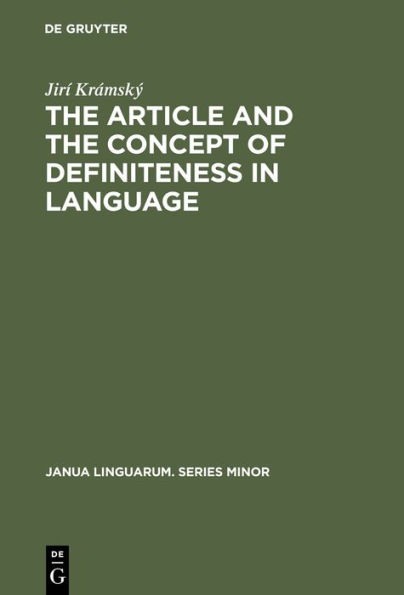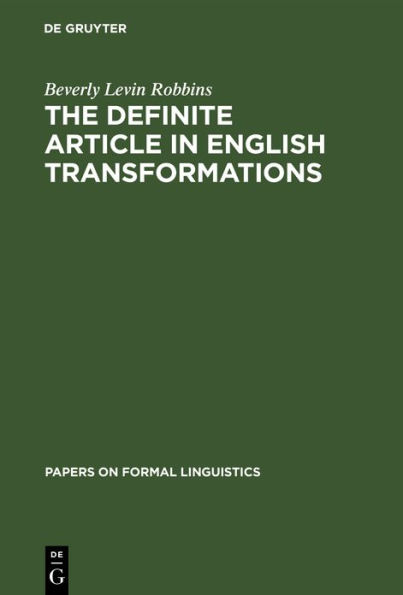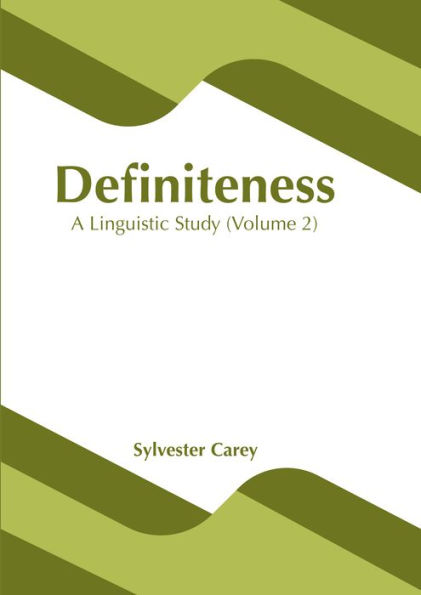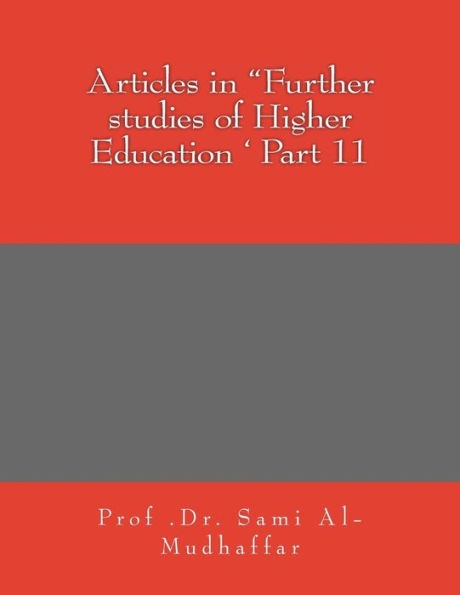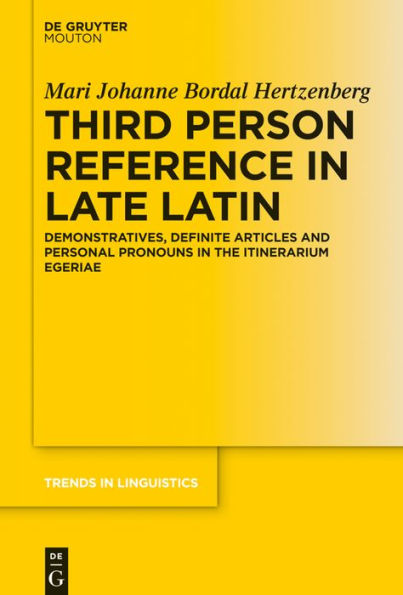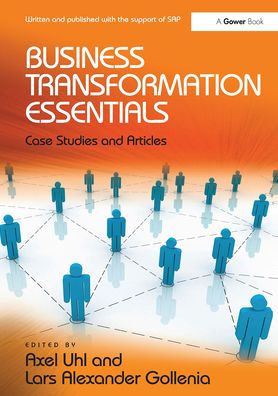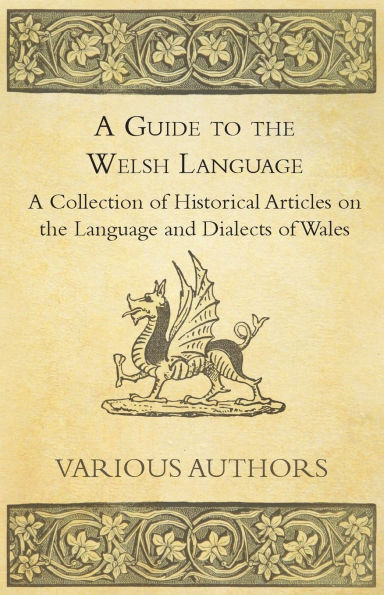Home
Definiteness in a Language without Articles - A Study on Polish
Barnes and Noble
Loading Inventory...
Definiteness in a Language without Articles - A Study on Polish in Franklin, TN
Current price: $45.99
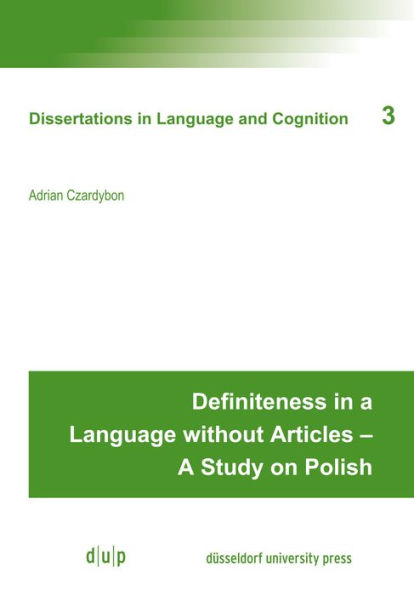
Barnes and Noble
Definiteness in a Language without Articles - A Study on Polish in Franklin, TN
Current price: $45.99
Loading Inventory...
Size: OS
The aim of this book is to investigate how definiteness is expressed in Polish, a language which is claimed to have no definite and in-definite articles. The central question is how the difference in definiteness is indicated between ‘a woman’ and ‘the woman’ in Polish. In English, the definite article ‘the’ and the indefinite article ‘a’ express the category of definiteness explicitly. Since definiteness is also relevant in articleless languages, there are other means to indicate that a nominal phrase is definite or indefinite.
This study is delimited to four means for expressing definiteness in Polish, which are demonstratives, aspect, case alternation, and information structure. Each strategy is investigated independently from the others, although they interact in a complex way, which is shown at the end of this book resulting in a decision tree. Polish is not investigated in isolation, however, the study is complemented by comparisons with other Slavic languages and also with a Polish dialect called ‘Upper Silesian’, which differs from Polish.
The analysis in this book is based on Löbner’s theory of ‘Concept Types and Determination’ (CTD). Löbner’s distinction of the four concept types (sortal, relational, functional, individual) is crucial since definiteness phenomena under discussion can be explained. Therefore, the interaction of the four concept types with the four definiteness strategies plays a central role in this book.
This study is delimited to four means for expressing definiteness in Polish, which are demonstratives, aspect, case alternation, and information structure. Each strategy is investigated independently from the others, although they interact in a complex way, which is shown at the end of this book resulting in a decision tree. Polish is not investigated in isolation, however, the study is complemented by comparisons with other Slavic languages and also with a Polish dialect called ‘Upper Silesian’, which differs from Polish.
The analysis in this book is based on Löbner’s theory of ‘Concept Types and Determination’ (CTD). Löbner’s distinction of the four concept types (sortal, relational, functional, individual) is crucial since definiteness phenomena under discussion can be explained. Therefore, the interaction of the four concept types with the four definiteness strategies plays a central role in this book.
The aim of this book is to investigate how definiteness is expressed in Polish, a language which is claimed to have no definite and in-definite articles. The central question is how the difference in definiteness is indicated between ‘a woman’ and ‘the woman’ in Polish. In English, the definite article ‘the’ and the indefinite article ‘a’ express the category of definiteness explicitly. Since definiteness is also relevant in articleless languages, there are other means to indicate that a nominal phrase is definite or indefinite.
This study is delimited to four means for expressing definiteness in Polish, which are demonstratives, aspect, case alternation, and information structure. Each strategy is investigated independently from the others, although they interact in a complex way, which is shown at the end of this book resulting in a decision tree. Polish is not investigated in isolation, however, the study is complemented by comparisons with other Slavic languages and also with a Polish dialect called ‘Upper Silesian’, which differs from Polish.
The analysis in this book is based on Löbner’s theory of ‘Concept Types and Determination’ (CTD). Löbner’s distinction of the four concept types (sortal, relational, functional, individual) is crucial since definiteness phenomena under discussion can be explained. Therefore, the interaction of the four concept types with the four definiteness strategies plays a central role in this book.
This study is delimited to four means for expressing definiteness in Polish, which are demonstratives, aspect, case alternation, and information structure. Each strategy is investigated independently from the others, although they interact in a complex way, which is shown at the end of this book resulting in a decision tree. Polish is not investigated in isolation, however, the study is complemented by comparisons with other Slavic languages and also with a Polish dialect called ‘Upper Silesian’, which differs from Polish.
The analysis in this book is based on Löbner’s theory of ‘Concept Types and Determination’ (CTD). Löbner’s distinction of the four concept types (sortal, relational, functional, individual) is crucial since definiteness phenomena under discussion can be explained. Therefore, the interaction of the four concept types with the four definiteness strategies plays a central role in this book.
